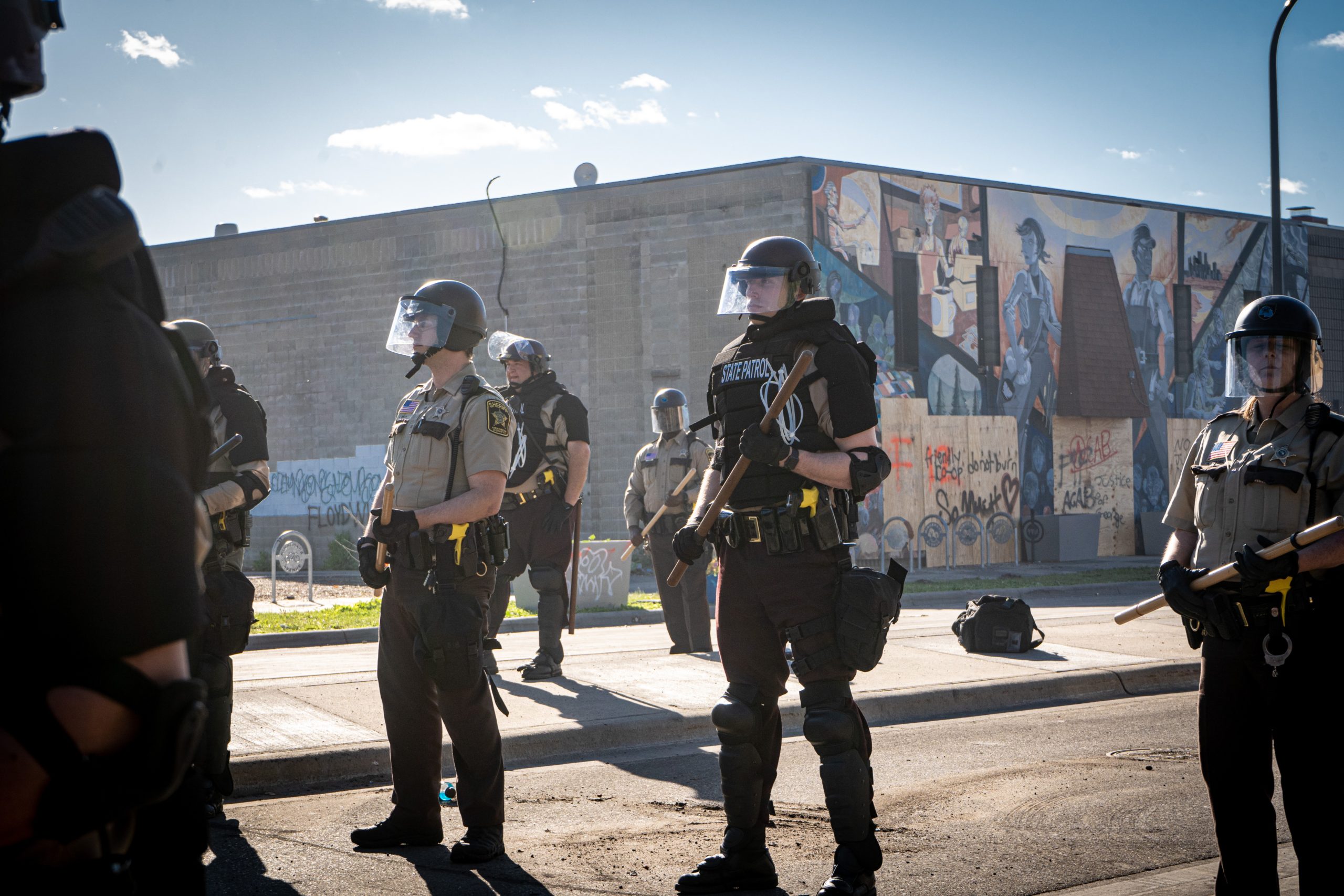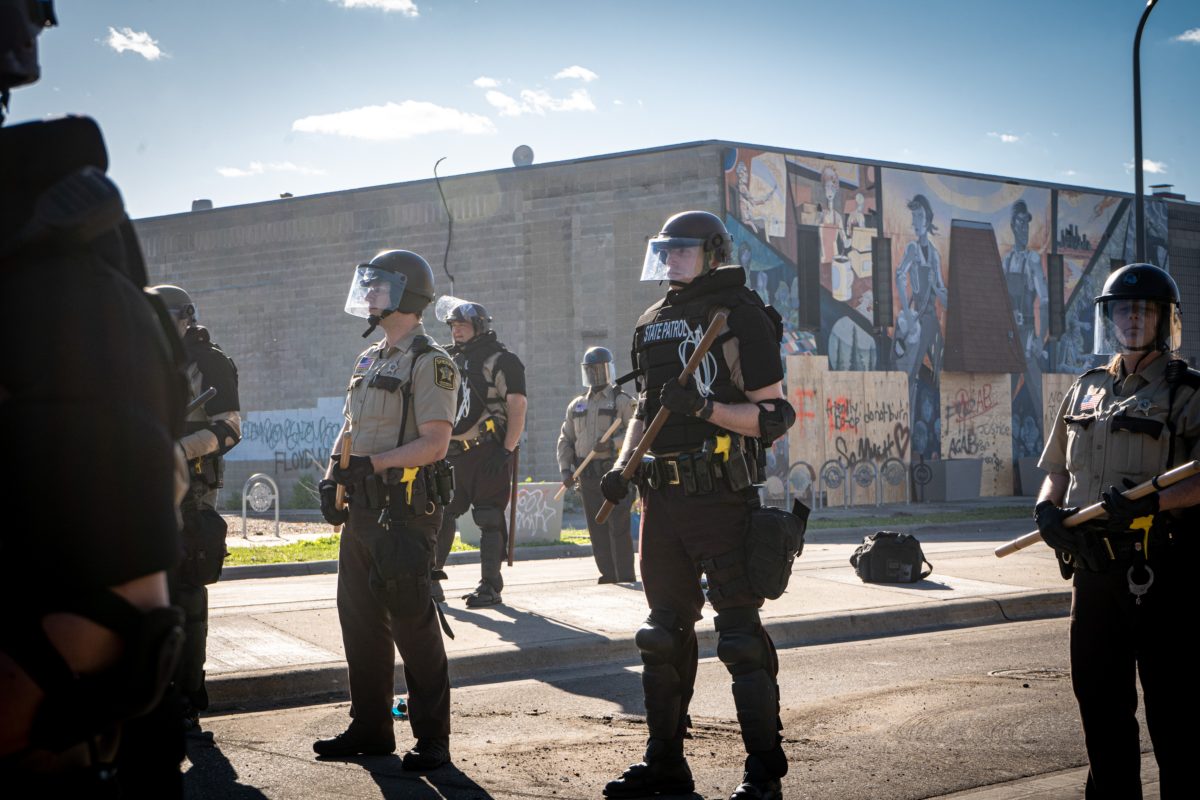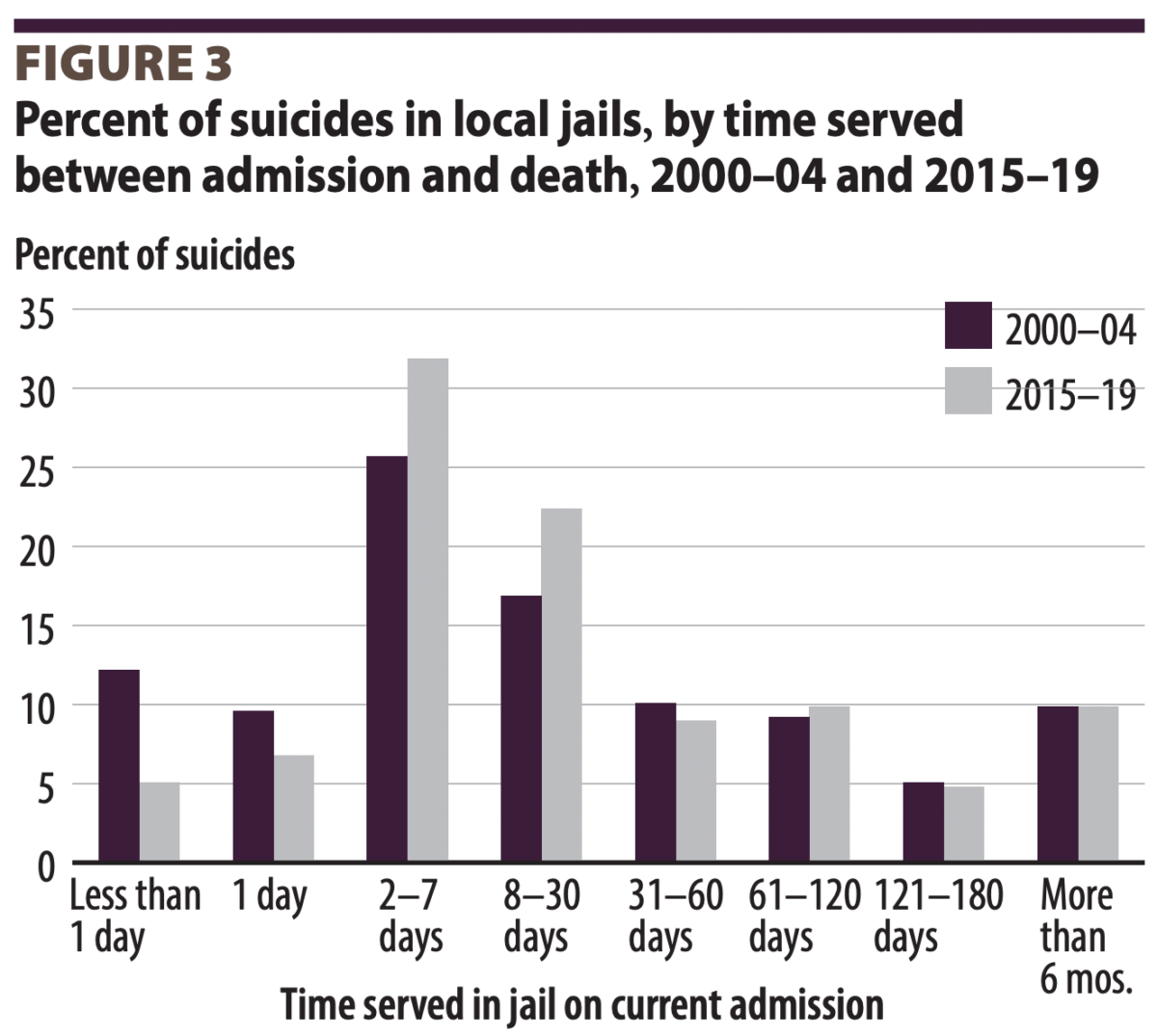Newsletter
Why the Media Won’t Stop Using ‘Officer-Involved Shootings’
That one of the nation’s premier newspapers still uses such police-centric language more than one year after the international uprising following the murder of George Floyd is a microcosm of the sad state that American media finds itself in at the moment.

The following text appeared in the second edition of our weekly newsletter. Sign up here.
Last week we announced that we’d completed our worker-led takeover of The Appeal. If you haven’t read our full statement, you can find it here.
We’re excited to bring you the second edition of our weekly newsletter as we continue to work toward an official relaunch. We’d love to hear what you want to see us do with this newsletter. Your input will impact what we do going forward. Please share your thoughts here.
We’re so excited to be back, and thanks again for sticking with us!

Why the Media Won’t Stop Using ‘Officer-Involved Shootings’
by Jerry Iannelli, The Appeal
On Oct. 5, officers with the Simi Valley Police Department in California shot and wounded a woman.
That previous sentence may seem simple to write, but many nearby media outlets in Los Angeles were incapable of composing such a straightforward description of that night’s events.
Instead, readers had to weed through garbled, action-obfuscating language crafted to avoid any implication of fault by police. In its initial story on the shooting, the Los Angeles Times reported that a woman was “hospitalized after Simi Valley officer-involved shooting,” and that “at some point the officers engaged the female, and an officer-involved shooting occurred.”
More than a dozen words obscure what the police commissioner plainly told reporters in five: “An officer shot the woman.”
That one of the nation’s premier newspapers still uses such police-centric language more than one year after the international uprising following the murder of George Floyd is a microcosm of the sad state that American media finds itself in at the moment.
Reporters in newsrooms across the country still insist on using the term “officer-involved shooting” despite the fact that the Associated Press updated its stylebook last year to instruct reporters not to use the phrase. On Oct. 7 alone, at least five news outlets across the country used the phrase “officer-involved shooting” to describe police officers shooting—and in two cases killing—people. The headline “Bodycam video captures deadly officer-involved shooting in Mantua Township” completely fails to make clear what actually happened: A New Jersey resident called 911 fearing armed trespassers on his property. Police arrived, then killed the caller.
Many newsrooms continue to hold on to a phrase that absolves police officers and dehumanizes their (disproportionately Black) victims. When it comes to state-sanctioned violence, reporters all too often repeat the language of the powerful, thereby legitimizing it. (Just look at the way police initially described Floyd’s murder.) It’s not torture, it’s “enhanced interrogation techniques.” It’s not a child prison, it’s a “juvenile detention facility.” It’s not murder, it’s an “officer-involved shooting.”
Why continue to publish such a jumbled and outdated phrase then? Money, for one. It seems impossible to imagine that the Times would ever refer to a mayoral embezzlement scandal as a “politician-involved corruption case.” But newspapers don’t symbiotically depend on politicians for scoops in the same way that police beat reporters lazily rely on cops to fill the paper each morning. Major newspapers like the South Florida Sun Sentinel even explicitly state that they want a cops reporter “who posts the news immediately and then hits the streets to find the story behind the police report.” So they want reporters to uncritically publish a police report, then do actual reporting to find out if it’s even true?
The journalist who wrote the LA Times’s original piece on the shooting is a breaking news reporter, whose job overwhelmingly consists of writing short stories based largely on statements from government officials—be they fire chiefs, meteorologists, or the police. I myself worked a virtually identical job for about three years, cranking out a day’s worth of short pieces in an adrenaline-fueled scramble, and it can be easy for some to cut corners by essentially copying and pasting a press release into print. Government statements also have the added benefit of generally being protected against libel lawsuits by default. In major daily newsrooms, the typical breaking news reporter is also rarely asked to actually hold the police (or anyone) accountable—such jobs are often shuttled to the investigative desk or elsewhere.
If the purpose of journalism is to inform, there is almost zero value in a 200-word blurb alerting readers that a cop was perhaps, maybe, just a little bit involved in pushing a bullet out of their gun toward an unknown person that they may have hit. But publishing before competitors is a quick and easy way to game the search and social media algorithms to get as many eyeballs on your story as quickly as possible. (Eyeballs or clicks, of course, generate advertising dollars for the rapacious investment firms or fourth-generation American Hapsburgs that generally own most U.S. for-profit newspapers nowadays.)
Police departments know all this and use it to their advantage—their PR departments notoriously remove critical reporters from their email lists and slow-walk requests from contentious journalists. Departments overwhelmingly send out news alerts to reporters via email, so removal from the hallowed police Listserv means a reporter is at a significant speed disadvantage when it comes to breaking news against their competitors.
There are certainly still a large number of American crime reporters who are either: A) outright conservatives who think cops should be able to kill “bad guys” who somehow deserve whatever brutality the police hand out, or B) at least fine not passing judgment on the issue of state-sanctioned extrajudicial killings in order to uphold the press’s farcical sense of “objectivity” (which in reality is simply the bias of the white men who have traditionally dominated the field). But just as many journalists are simply overworked and willing to do whatever it takes to crank out copy as fast as possible.
Journalists generally get how language works and know “officer-involved shooting” obscures who actually fired a gun. But when reporters have to choose between reporting that tells the whole truth or reporting that doesn’t anger the people that keep their free conveyor-belt of easy stories coming, most of them keep choosing the latter.
But it does not have to continue this way. Collective action works (just ask our old bosses). Newspapers are abandoning the grotesque practice of publishing mugshots. “Incarcerated person” is slowly replacing dehumanizing words like “inmate” or “felon”—something that Malecia Walker, The Appeal’s copy editor, instituted in our style guide back in 2018. And with continued public pressure, “officer-involved shooting” could be scrapped as well.
SUPPORT A WORKER-LED APPEAL DONATE
IN THE NEWS
Contact us at theappealteam@gmail.com so we can feature your work here!
For at least six years, a Texas district clerk separated jurors by race and geography before assigning them to panels for criminal, civil, and family law trials. Now, her method is under investigation for possibly violating state law—and thousands of verdicts could be challenged. [Michael Hardy / Texas Monthly]
Police in Tennessee arrested four Black elementary schoolchildren for not breaking up a fight between other kids. Those senseless arrests are just one example of the illegal jailing of children happening in Rutherford County for years. Judge Donna Scott Davenport, the only elected juvenile court judge the county has ever had, has described her work locking up children as a mission from God. [Meribah Knight / Nashville Public Radio & Ken Armstrong / ProPublica]
A newly released batch of body camera videos from protests last summer shows officers with the Minneapolis Police Department driving around in an unmarked van and indiscriminately firing rubber bullets at passersby. None of the involved officers have been disciplined for their conduct. [Deena Winter / Minnesota Reformer]
A Boston Police officer who bragged on camera about running down protesters with his cruiser in footage released to Appeal contributor Eoin Higgins is now back on full duty, showing once again that cops rarely face meaningful consequences for committing violence. [Eoin Higgins / Substack]
And the Kenosha police officer who shot and paralyzed Jacob Blake last year will not face any federal civil rights charges, prosecutors announced on Friday. State prosecutors also declined to charge the officer, Rusten Shesky, and he has since returned to work without facing any discipline from the department. [Alicia Victoria Lozano / The Associated Press]
A new report from Color of Change highlights how large corporations like Coca-Cola and Bank of America bankroll police foundations, which in turn help bloat police budgets, fund police militarization, and expand surveillance. [Color of Change]
Federal investigators last week raided the Manhattan headquarters of the controversial Sergeants Benevolent Association police union, as well as the Long Island home of the organization’s president, Ed Mullins. Mullins has since resigned and been stripped of his gun and badge. He’s also filed for retirement. [New York Daily News]
A recent investigation by CNN found that even when cops are convicted of crimes like rape and murder, they still get to keep their pensions. The reporters identified over 350 police officers convicted of felony crimes who have already received pension payments, or are eligible to receive them in the future. These officers have been paid about $70 million in total so far. [Blake Ellis & Melanie Hicken / CNN]
Texas spent more than $20,000 fighting to keep a prisoner with a wool allergy from getting a cotton blanket. [Keri Blakinger / Twitter]
Arizona’s Department of Corrections has come under fire in recent years for maintaining inhumane conditions and mistreating people in custody. Rather than address those issues, the state appears to be rewarding the department by spending millions in COVID-19 relief funds on renovating its administrative offices. [Katya Schwenk / Phoenix New Times]
“Vicious beatings, fence crucifixions. N.J. corrections officer turned prison kitchen into ‘Fight Club.’” An alarming story from NJ Advance Media details the alleged reign of terror of a now-former corrections officer at Bayside State Prison. [Joe Atmonavage / NJ Advance Media]
A new Bureau of Justice Statistics report draws a particularly grim portrait of the dangers of pretrial incarceration, finding that more than 75 percent of the 6,217 jail suicides between 2001 and 2019 involved people awaiting trial, with nearly half taking place within a week of booking. [Bureau of Justice Statistics]

In coverage of recently released 2020 homicide data, major outlets like The New York Times and NPR gave police and their allies a platform to blame increased violence on bail reform and protests for racial justice following the murder of George Floyd. This was just the latest example of the “pro-police worldview deeply ingrained in journalism,” wrote public defender Scott Hechinger in a column for The Nation last week. [Scott Hechinger / The Nation]
During oral argument at the Supreme Court last week, justices spent a lot of time debating the meaning of the word “occasion,” all while ignoring more fundamental questions about whether the plaintiff in the case had been correctly sentenced as a “career criminal.” The court’s focus on that single word shows how “ill-equipped the courts are to rectify … the inhumanities that plague the criminal legal system,” writes Appeal advisory board member Josie Duffy Rice. [Josie Duffy Rice / Balls & Strikes]
Correction: This article has been updated to reflect the fact that the Simi Valley Police Department is not in Los Angeles County.
